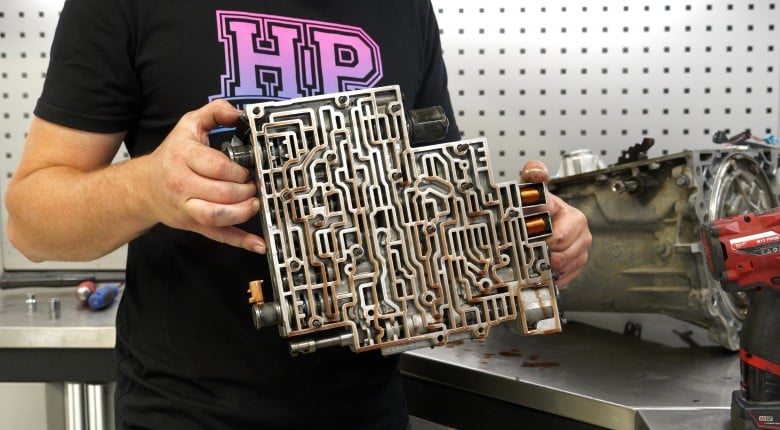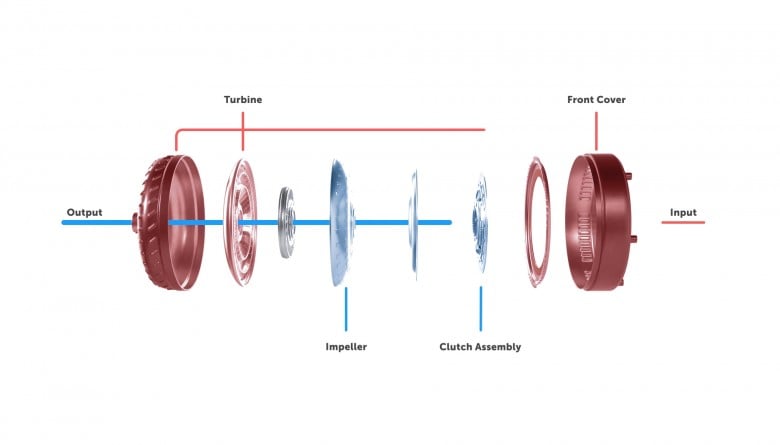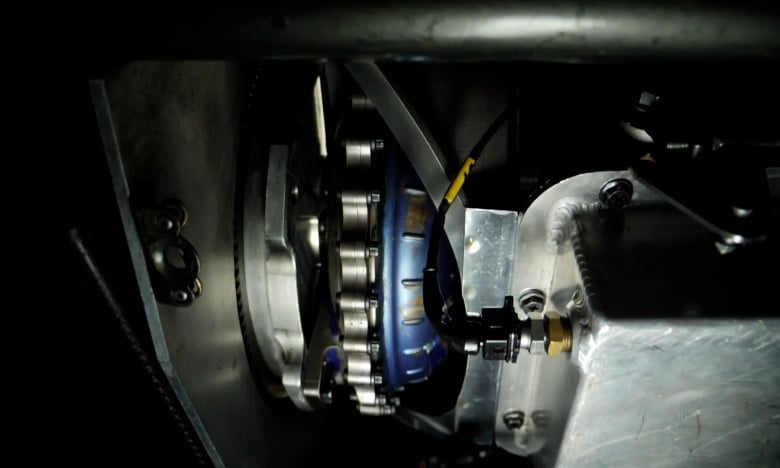Want sharper, faster shifts and a torque converter that locks up right when you need it? Who doesn't!
Here's a quick overview on how to improve shift behaviour and torque converter lockup, the two critical areas that often hold back performance if left at stock settings. Whether you’re aiming for faster acceleration, smoother drivability, or better control under load, let's break down how the transmission moves between gears, the way your torque converter clutch engages and releases, and how you can tune these systems for precise, pro-level results.
In this article: Shift Control Range & TCC Basics | Lockup Strategies & Throttle Logic | Shift Time Tuning & Clutch Pressure Adjustments | Test, Test, Test! | Conclusion
Shift Control Range & TCC Basics
The amount of control you get over shift behaviour depends on your transmission control module (TCM), software, and hardware. Some systems let you tune every phase, including solenoid pressure profiles, while others offer simplified tables for adjusting shift pressure and time.
Start by looking for torque converter clutch (TCC) or torque converter sections in your software. Look for tables with throttle angle or accelerator pedal on one axis, gear on another, and speed as the Z data. Expect higher speed values as throttle increases, and note that many drive modes share similar data.
Sometimes extreme speed values like 250 mph are used to prevent TCC lockup in gears that can’t reach that speed. Disabling TCC engagement is not always obvious; review the numbers carefully.
Lockup Strategies & Throttle Logic
To block TCC engagement at higher throttle, set the lockup speed in those throttle cells to an unachievable value. For example, if your car tops out at 80 mph in third gear, setting a 90 mph lockup speed at high throttle effectively disables it. Use consistent, large values where you want to block lockup so it’s clear when you revisit the tune later.
Even if you stop requesting lockup above a certain throttle, the TCC may stay locked if release conditions are not met. Look for settings like ‘release TPS’ or ‘max throttle for lockup.’ If they’re set at 100% or more, they’re effectively off, but you can lower them to force unlock at high throttle. Understand whether apply and release speeds are combined or split across separate tables.
Sometimes you may want the opposite: locking the converter at high throttle. To do this, figure out the engine speed you want lockup, calculate the matching vehicle or output shaft speed, then test and adjust to hit your target revolutions per minute (RPM).
Shift Time Tuning & Clutch Pressure Adjustments
Some TCMs let you adjust shift times, directly affecting feel. For example, if factory shifts are 0.3 seconds, aiming for 0.1 seconds is likely unrealistic. Review the sportiest OEM or towing modes to find the shortest factory-supported times, then start with small, safe adjustments.
Want firmer shifts? Shorten shift times carefully. Want smoother low-torque shifts? Lengthen times at lower torque levels while keeping high-torque shifts crisp. Always test after small changes.
If you shorten shift times but the clutch cannot hold, you may need to increase shift or clutch pressures. Many TCMs have tables mapping clutch pressure to torque. Small pressure increases can help reduce slip and firm up shifts, but work iteratively: adjust, test, log, and refine.
Upgraded clutch packs with more plates or larger diameter change the pressure needed for the same holding force. After upgrades, carefully reduce clutch pressure to regain smoothness at partial throttle. Using 5% adjustments per test cycle is a safe approach.
Remember, maximum line pressure usually caps clutch pressure. At peak torque, leave maximum pressure settings alone to avoid failure. If the torque axis is adjustable, rescale the table for higher torque and use graphical views to simplify scaling.
Test, Test, Test!
Unlocking the TCC during shifts reduces drivetrain shock and smooths feel. Some systems let you adjust relock delays after shifts, often longer in low gears and shorter in high gears. Driver preference matters here, so test different settings.
Conclusion
Effective shift and torque converter lockup tuning can transform drivability and performance. By making small, data-backed adjustments, you can fine-tune your system without risking damage. Always record, test, and iterate carefully.
For detailed instructions shared with the goal of you getting hands-on with your own project, enrol in the Practical Transmission Tuning Course and take your transmission tuning skills to the next level.











